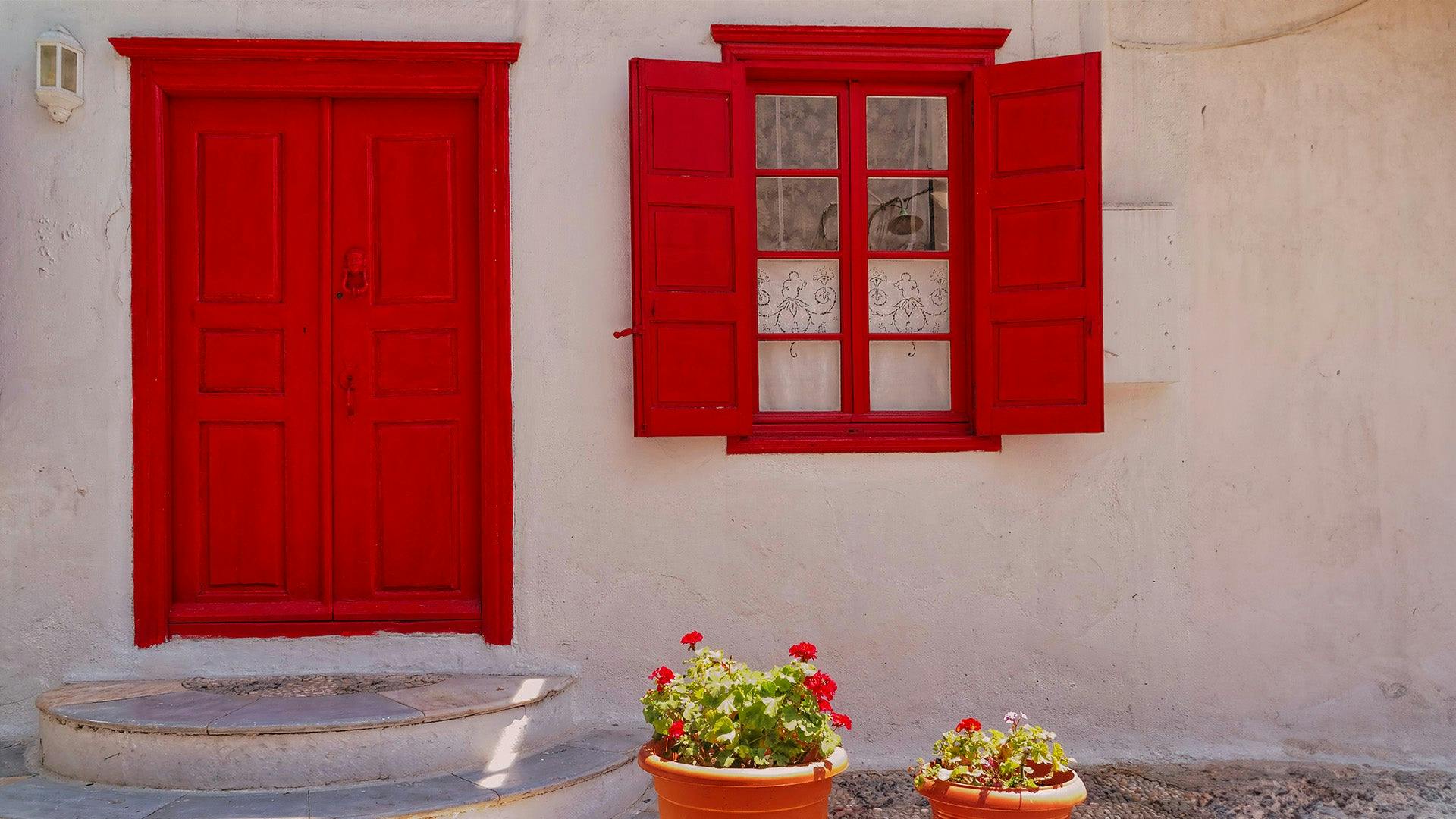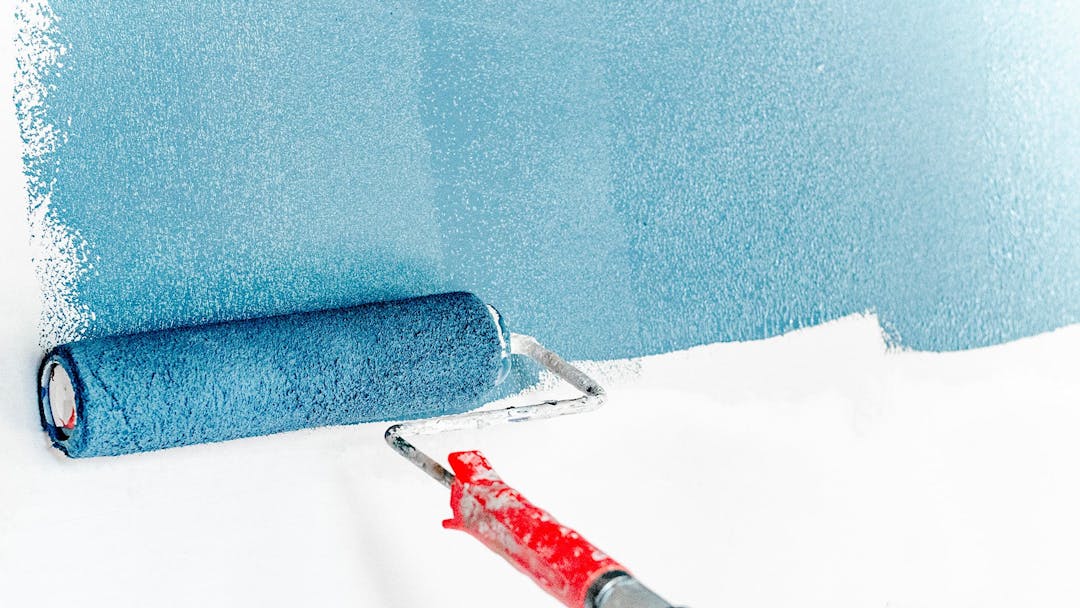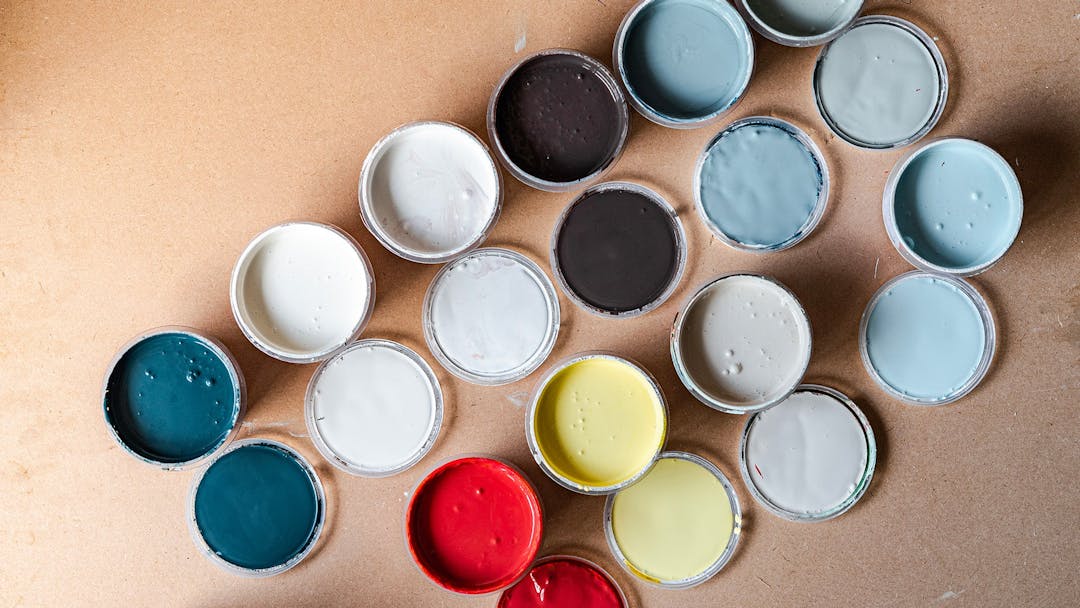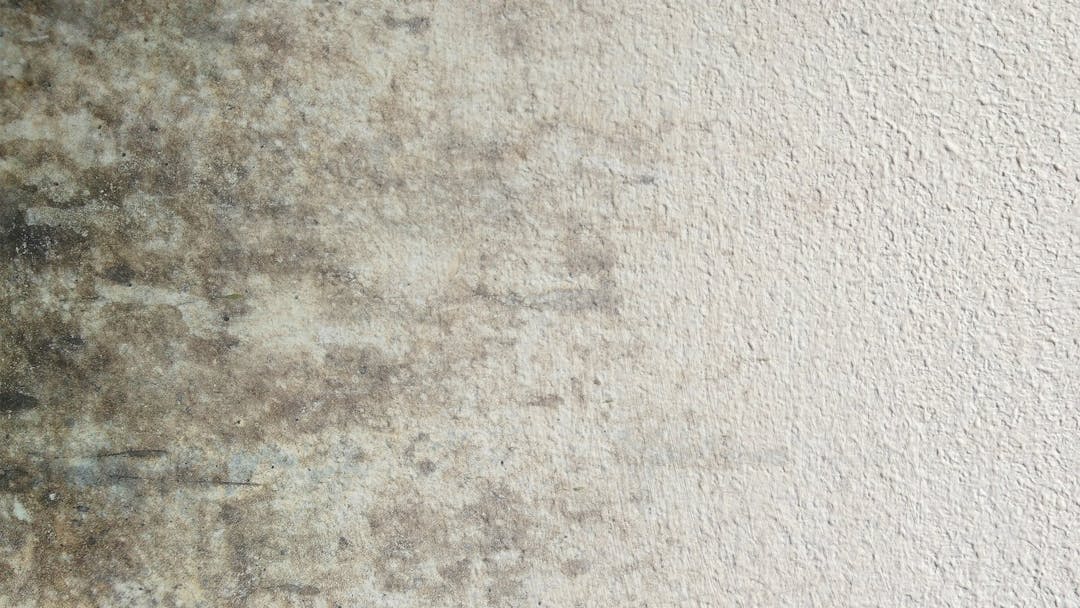Painting window frames brings aesthetic benefits to a property, but it is also an activity that improves their technical characteristics and longevity.
There are different types of doors and windows, mainly divided according to the materials from which they are made (for example: wood or aluminum) and their location (interior or exterior).
If you are trying to figure out what is the best way to paint window frames, continue reading this article in which we have collected methods and tips.
How to paint window frames: basic steps
To understand how to paint window frames, it is appropriate to start with an explanation of the steps that need to be taken, regardless of the type of door or window.
Here are the 10 basic steps for painting window frames:
- Remove the window sashes or doors from the frames and place them in a protected area and then place them one after the other on stands.
- Thoroughly clean the surfaces to be painted, removing dirt, dust and old paint residue.
- Repair any imperfections or light damage with mastic or wood putty and sand the treated areas once dry.
- Use paper tapes to cover parts that do not need to be painted, such as glass, trim, and handles.
- Choose a paint suitable for exterior or interior fixtures.
- Apply the paint in even, thin coats. You can use a brush, roller or spray gun depending on your needs and dexterity.
- Let the paint dry as directed on the package, usually 4-6 hours.
- Apply a second coat of paint following the same steps for a smoother, more durable finish.
- Wait until the paint is completely dry then carefully remove the paper tapes.
- Replace the window sashes or doors on the frames.
Painting wooden window frames
Always having in mind the general steps listed above, let's look at the peculiar operations for painting wooden window frames.
First of all, it is very important to repair any damage present on the frame structure, taking care to seal any cracks or crevices in the wood.
A thorough buffing with fine-grit sandpaper is always recommended before applying a wood-specific adhesion primer. Pay attention to the drying of the primer, as it usually takes longer than for fixtures made from other materials, such as PVC.
Next, apply at least two coats of wood paint. It is important to choose an exterior or interior paint and consider how well it covers the wood grain depending on the aesthetic effect you want to achieve.
Painting aluminum window frames
Painting aluminum fixtures requires a specific procedure that differs from painting wood fixtures.
The first step is to carefully clean the aluminum to remove grease, dirt, and impurities that could affect the adhesion of the paint. Unlike wood fixtures, it is not necessary to sand the aluminum deeply, but light sanding is still recommended to promote better paint adhesion.
A crucial aspect is the use of a metal-friendly primer before applying the paint. This primer creates a surface to which the paint adheres perfectly, providing lasting protection.
Remember that aluminum is particularly susceptible to corrosion, so good paint can help prevent future damage.
Maintenance of aluminum window frames generally requires less attention than wood frames, but it is always best to perform annual checks.
Painting interior doors without sanding
Interior doors are usually less damaged than those placed outside, since they have no direct contact with the weather, so they can often be painted without spending long hours sanding them.
It is always important to clean the doors thoroughly and make small repairs to make the surfaces even. At this preliminary stage you can also assess whether the base on which you want to paint directly is solid or prone to flaking.
If your doors are in good condition, cover the parts that do not need to be painted (hinges, handles, locks) and apply a specific Primer before painting them the color you have chosen.
A word of advice: to work properly and get an excellent result, you must disassemble the doors and place them on trestles so that you can comfortably reach every corner you need to work on.
Painting interior doors white
Painting interior doors white is an inexpensive way to give your home a new look.
If you have dark doors that you no longer like or that clash after you paint the walls of your home, painting them white is the solution to lighten their appearance and give them a modern touch.
Carefully assess the condition of your doors and choose whether to sand them or go straight to applying specific primer based on the pre-existing paint and then the white finishing paint.
Painted doors before and after
Painting wooden doors: which paint to choose?
Let's see what different paints you can choose if you want to treat an exterior or interior wooden door.
Painting interior or exterior wooden doors: the best treatments
The products that are commonly used for these surfaces are of high quality and can be used indifferently for interior or exterior, the real difference being the type of effect that is achieved by using colored, but semitransparent, paints or impregnants, or opaque enamel paints.
1) Doors treated with transparent paints.
If you want to maintain the semi-transparent look that allows a glimpse of the natural grain of the wood, you will need to sand deeply by removing the parts that are coming off and grouting with specific products the parts to be rebuilt.
After that, repainting will be carried out with semi-transparent colored paints to restore color tone to the door, choosing the type of effect you want to achieve: matte, wax effect or gloss effect.
2) Doors treated with opaque enamels.
In this case, a deep sanding is carried out, removing the parts that come off and grouting the parts to be rebuilt with specific products.
After that, repainting will be carried out with opaque colored enamels to restore color tone to the door, choosing according to the old finish (powder coatings, polyurethane or synthetic) the correct adhesion primer and the specific finish that can vary from polyurethane, synthetic or acrylic enamel.
Paint armored door
The security door, compared to other doors in the house, is very heavy and difficult to remove from the hinges, so it is advisable to paint it without disassembling it.
The operations to be performed are no different from those explained above, but consider that you will have to work on a vertical surface and right at the entrance to the house, consequently you will have to cover the floor very carefully and protect the walls and surrounding objects from paint splashes.
You need to ascertain the material the door panel you want to paint is made of and choose the paint based on it and also considering whether it is exposed to bad weather and direct sunlight.
If the door is not exposed to weather or UV rays, the best advice is to use a water-based two-component epoxy enamel paint, which has the advantage of adhering to almost any substrate in general, of course after any light sanding or degreasing.
If the door is exposed to weathering or UV rays, it is advisable to treat it with a two-component epoxy primer and top coat of water-based polyurethane Enamel Varnish.




